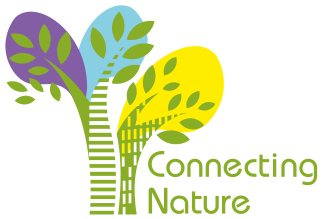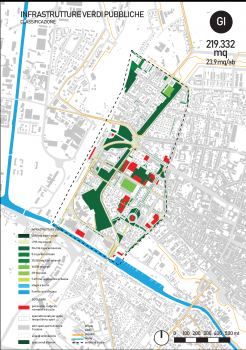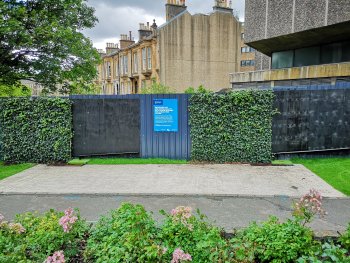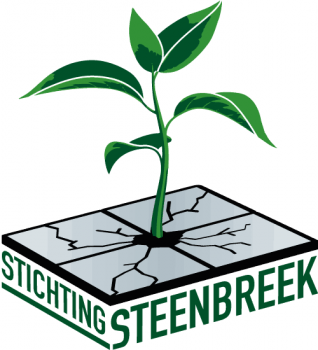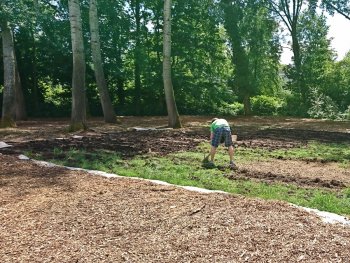Green Infrastructure and Ecosystem Services for Urban Plan in Ferrara city
Submitted by grazianocaramor... on 28 February 2020Identification of the Green Infrastructure at high resolution, i.e. not using land use cover, with GIS and assessment of the Ecosystem Services through the MAES (Mapping Ecosystem Services) methodology in urban area.
The study analysed also human-environment interactions, according to the resident population and with particular attention to the weaker groups, infants (0-5 years) and elderly (> 65 years). Ecosystem Services (ES) were selected in consideration of the population accordingly the CICES (Common International Classification of Ecosystem Services) classification. Among...
